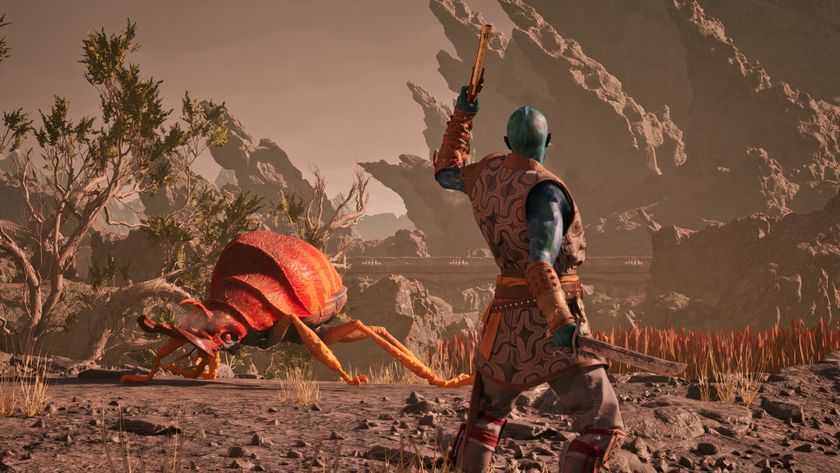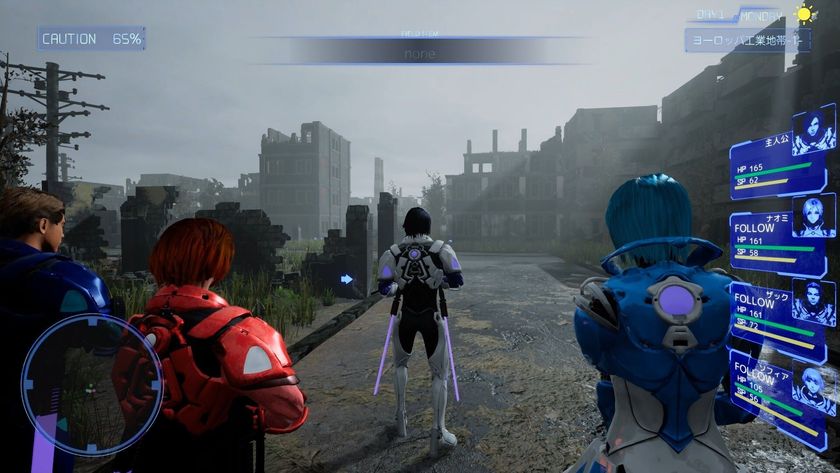
Sony’s handheld games business has been in decline for a number of years now, but there’s no denying its continued importance to the PlayStation ecosystem. Nowhere is this clearer than in the unexpected journey Sony has taken with Vita, a machine the company has transformed since it was first revealed in June 2011. It was always going to be tough to match the success of PSP, which overachieved by selling in excess of 75 million units, but Sony Computer Entertainment UK managing director Fergal Gara put it kindly last week when describing Vita in an interview with Digital Spy. “It's not the biggest seller we've ever had,” he said, “but it is still a very much loved and much respected machine.”
Vita launched at a relatively high price in February 2012 and has underperformed at retail ever since. Even with long overdue price cuts now implemented, Sony expects to sell a combined total of just five million Vitas before March 2014, down from seven million in the previous 12 months. However you stack it, the numbers aren’t pretty, especially when 3DS has overcome its own turbulent launch and now looks set to go down in history as a worthy DS successor.
So what’s gone wrong with Vita? From social network features to cameras, motion sensors, touchscreen, rear touch pad, GPS and Cross Play with PS3, some critics have labelled the system a Jack of all trades and a master of none. Sony certainly wanted to cover a lot of bases with Vita at launch, and if anything, this strategy has expanded post-launch, whether through long-term design or the simple need to adapt to ensure survival.
These days, Vita is no longer marketed solely as a gaming platform in its own right, but perhaps just as heavily as a companion device. This is perhaps the very thing that'll save the machine. Sony has made Vita Remote Play a requirement for all PS4 games (barring those that support specific hardware like the PS4 Camera), and just in time for the next-gen console’s launch, the company’s UK arm worked with retailers to release hardware bundles that include both systems for a slightly reduced price. Good, but not good enough.
Remote Play is jam-packed with potential, but anecdotal reports claim Sony’s second screen gaming solution suffers on slower internet connections and that sometimes it can only be used within a few feet of the TV. The tech wizards at Digital Foundry also raise concerns about image quality, frame-rate drops, screen size and latency, meaning it’s “a cute function that's useful for some games but not for others”.
It seems unlikely that remote play alone will save Vita, especially if it's simply a 'cute function'. However, I've high hopes for Vita TV. Released in Japan in November, and expected to launch in the west in 2014, it’s a standalone micro-console which brings portable gaming and media experiences to TV screens. Measuring 6.5cm by 10.5cm, Vita TV features the chip set and system software of the PS Vita. Using the micro-console and a DualShock 3 controller, Vita TV can play select Vita, PSP and older, classic PlayStation games on a TV.

Other Vita functions like movies and eBooks will travel through the device but, most promisingly, Vita TV enables users to play PS4 remotely too. The feature is currently limited to local use (so, on a second screen within your home), and while there’s definitely a visual hit, there appears to be no lag whatsoever. If support is ever expanded to let users play PS4 more remotely, say round at a friend’s house without the need to bring their console, it could be a system seller. It's another thing that could save Vita as a brand, even if the handheld itself doesn't gain quite as much.
Sign up to the 12DOVE Newsletter
Weekly digests, tales from the communities you love, and more
Sony continues to add new strings to Vita’s bow, but is this enough? In an increasingly competitive handheld market, swamped with gadgets catering to every social and entertainment need, Sony’s willingness to experiment suggests it believes Vita’s success may now be based on the machine's ability to adapt and interact with other devices. However, Sony isn't throwing all its eggs into Vita's basket--the PS4 plays nicely with phones and tablets, via the PlayStation App. And at £140 / $180, it's still a seriously expensive companion device. Vita is by no means a 'dead console', but--as it approaches its second birthday--it's a very different machine to the one that was released in 2012. Will the Vita reach its 3rd birthday? Ironically, it seems that Vita TV and PS4 (not PS Vita itself) will be the devices that answer this pressing question...
Most Popular








